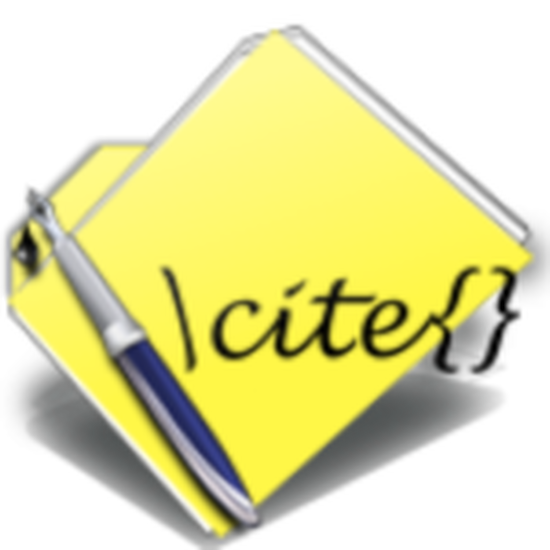

References can be cited in any document by copy and paste or drag and drop from BibDesk, or via a macOS service. Multiple groups can be selected to display a list of references in any group ( union) or in all groups ( intersection). Within BibDesk, references can be organized in groups and smart groups (similar to playlists and smart playlists in iTunes), and in field groups (a simple kind of smart group based on database fields). There is a graphical interface for managing custom database fields, as well as a variety of ways to annotate citations. Organizing īibDesk permits articles residing on a user's computer to be linked to BibDesk database entries via drag and drop or a menu command or scripting, and BibDesk can optionally auto-file linked PDFs or other external files into a user-specifiable folder. In addition, users can combine the Firefox extensions Zotero and Zot2Bib to do one-click importing of references from Firefox to BibDesk using Zotero's ability to harvest references from a wider variety of websites. It can import from other formats with the help of command-line conversion tools such as BibUtils. īibDesk can also import records in RIS format. Script groups generate their items using any script, either a shell script or an AppleScript, that returns valid BibTeX or any other text format that BibDesk can import.Shared groups contain items that other BibDesk users share on the local network, discovered using Bonjour, similar to local sharing of music in iTunes.External file groups retrieve items from a remote URL on the Internet or from a local file.The Web group displays a built-in WebKit browser that recognizes bibliographic entries on some web pages (such as Google Scholar, arXiv, JSTOR, WorldCat, and Wikipedia) and harvests them (using COinS, hCite microformat, or BibTeX) for easy searching and single-click import.BibDesk enables one-click importing of references to articles and books listed in these databases and library catalogs. Library of Congress, Web of Science, or any other database searchable via the Z39.50 or Entrez protocols. Search groups retrieve items from external bibliographic databases, such as PubMed, the U.S.BibDesk enables one-click importing of items from several kinds of external groups: Users can add new items to a BibTeX database, and copy items between databases, by dragging or pasting, or by using one of the included macOS services. It supports BibTeX features such as macros and crossrefs. īibDesk offers an iTunes-like Cocoa-based graphical user interface for creating, editing, managing, and searching BibTeX databases. Also available directly from SourceForge, it is currently bundled with the MacTeX distribution of TeX Live.
Ovrleaf bibdesk code#
The original developer was Michael McCracken, and much of the code has subsequently been written by Adam Maxwell and Christiaan Hofman. It takes advantage of many macOS features such as AppleScript and Spotlight.įirst launched publicly in 2002, BibDesk is under continuing development by various contributors via SourceForge. It is primarily a BibTeX front-end for use with LaTeX, but also offers external bibliographic database connectivity for importing, a variety of means for exporting, and capability for linking to local documents and automatically filing local documents.

Ovrleaf bibdesk pdf#
It can also be used to organize and maintain a library of documents in PDF format and other formats.
Ovrleaf bibdesk software#
net /p /bibdesk /svn /HEAD /tree /īibDesk is an open-source reference management software package for macOS, used to manage bibliographies and references when writing essays and articles. \usepackage % Reference is in bibtex_example.bib which can be edited in a text editor or bibdesk or jabref.

% This is a comment to let you leave notes for yourself.


 0 kommentar(er)
0 kommentar(er)
